Chimney Repair Options
Chimneys are known to last for long periods of time. When they develop problems, they pose great health risk to the people living in the house. To avert any danger you should undertake chimney repair as soon as possible. There are two main chimney repair options that you can go with:
Rebuilding
Rebuilding depends on the extent of the damage. If the outer brick facade is faulty you should remove the bricks and replace them while leaving the chimney liner in place. In some cases you may need to tuck the outer bricks and repair the crumbling mortar.
When doing the rebuilding work you should ensure that you follow the local building codes. You should also ensure that the work is done by a qualified chimney repair professional.
To be sure that you are doing the right thing, you should ensure that chimney inspection is done on every step. For example, you should ensure that the inspection is done when you demolish the old chimney, when the chimney is ready for framing and bracing, and when the entire project is complete. As rule of thumb you should ensure that the inspection is done by a certified chimney inspector.
Relining
Liners prevent gases from leaking from the chimney into the living space. Although, liners are durable, they are susceptible to leaking and dangerous cracking. One of the ways of relining the chimney is replacing the tiles and resealing them.
Another way is relining the chimney with heatproof concrete. Here you should ensure that the original tiles remain in place. You should apply a layer of concrete on them in order to seal them. You should note that relining with concrete requires special handling; therefore, you should ensure that the chimney contractor you hire is experienced enough.
Stainless steel chimney liner is one of the most popular liners used in relining a faulty chimney. You should note that the steel liner isn’t designed to reinforce a broken chimney as the metal is too thin. You should only use stainless steel liners when your structure is in good shape. If the flue has any jogs, you should install flexible liners.
After installing the steel liners you should rebuild the chimney with stucco or brick finish. To add extra warmth, you should pour heatproof concrete between the stainless steel liner and the outer brick facade.
Conclusion
These are the chimney repair options that you should go with. As mentioned above, you should ensure that the chimney repair work is handled by an experienced chimney repair professional.
The post Blog first appeared on First Class Chimney Services.
This post first appeared on https://www.firstclasschimneyservices.com
 How are Wintertime Masonry Repairs Possible?
How are Wintertime Masonry Repairs Possible? How to Avoid Chimney Repairs in Winter
How to Avoid Chimney Repairs in Winter
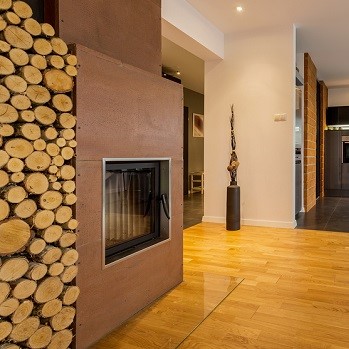 Installing a new
Installing a new 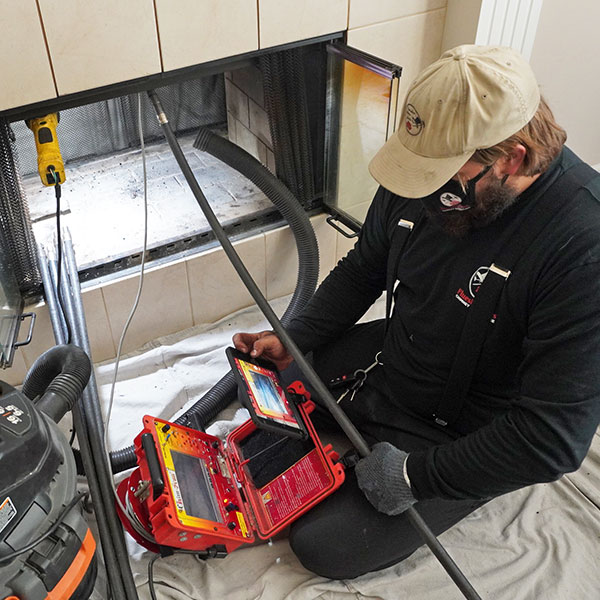 Not cleaned and inspected regularly
Not cleaned and inspected regularly When a chimney is beginning to deteriorate but the bricks are still in good condition, chimney repointing may be the best solution. Chimney repointing is when we partially grind out the mortar joints between the bricks of a chimney and fill them in again with new mortar. Since the brick is still in great shape, replacing the mortar can give a chimney new life. Some people confuse chimney repointing with chimney rebuilding.
When a chimney is beginning to deteriorate but the bricks are still in good condition, chimney repointing may be the best solution. Chimney repointing is when we partially grind out the mortar joints between the bricks of a chimney and fill them in again with new mortar. Since the brick is still in great shape, replacing the mortar can give a chimney new life. Some people confuse chimney repointing with chimney rebuilding. 

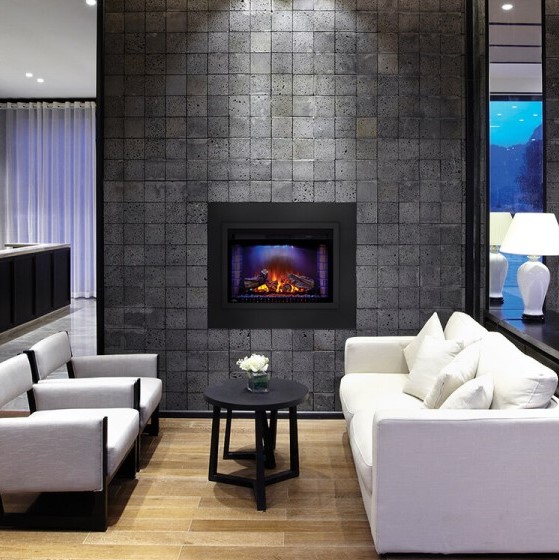 Rental property landlords need to regularly maintain and update their properties to remain competitive and maximize rental income. Like wood flooring and stainless-steel appliances,
Rental property landlords need to regularly maintain and update their properties to remain competitive and maximize rental income. Like wood flooring and stainless-steel appliances, 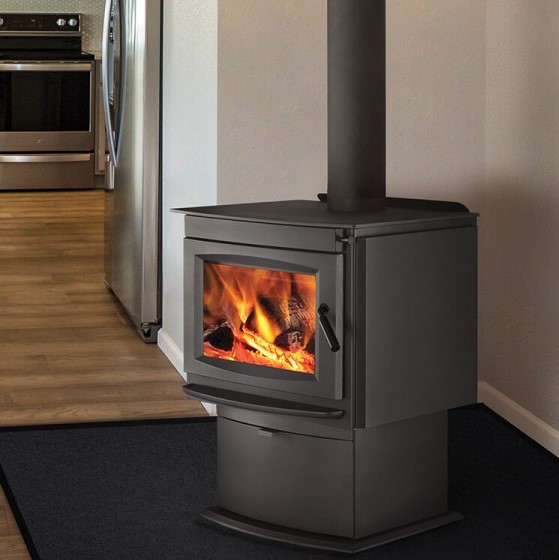 Rental Agreement
Rental Agreement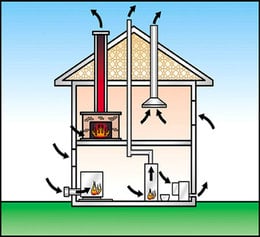

 smoke builds up in your fireplace and it will of course alert you in case of any kind of fire. Your carbon monoxide detector will let you know if there is a leak in your home which is essential, given that carbon monoxide is odorless and deadly.
smoke builds up in your fireplace and it will of course alert you in case of any kind of fire. Your carbon monoxide detector will let you know if there is a leak in your home which is essential, given that carbon monoxide is odorless and deadly.